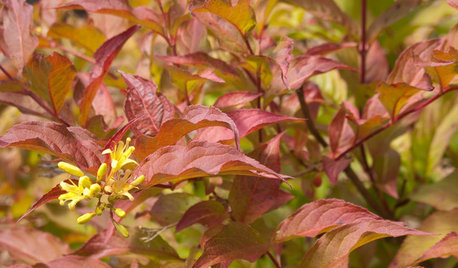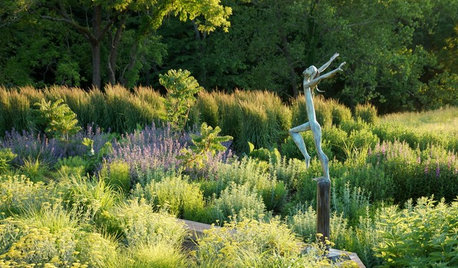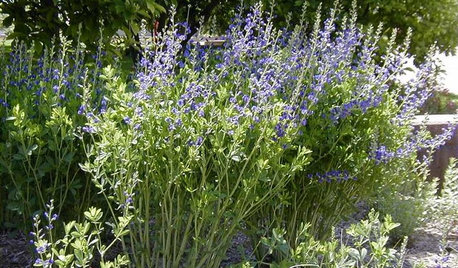Help revitalize dying azaleas
zachmatthews
14 years ago
Featured Answer
Comments (8)
morz8 - Washington Coast
14 years agozachmatthews
14 years agoRelated Professionals
La Marque Landscape Architects & Landscape Designers · Wixom Landscape Architects & Landscape Designers · Goodyear Landscape Contractors · Westwood Landscape Contractors · Arden-Arcade Landscape Contractors · Blue Springs Landscape Contractors · Bridgeview Landscape Contractors · Brunswick Landscape Contractors · Commack Landscape Contractors · Homewood Landscape Contractors · Las Vegas Landscape Contractors · Palos Verdes Estates Landscape Contractors · Reedley Landscape Contractors · Tavares Landscape Contractors · Wanaque Landscape Contractorszachmatthews
14 years agodiggerb2
14 years agomorz8 - Washington Coast
14 years agoMarly Degonia
7 years agoluis_pr
7 years ago
Related Stories

TRADITIONAL HOMESMy Houzz: Revitalized 1857 Seaside Victorian in New England
Returning American expatriates eager to get settled transform a worn, dated space into a glamorous family home
Full Story
EDIBLE GARDENSNatural Ways to Get Rid of Weeds in Your Garden
Use these techniques to help prevent the spread of weeds and to learn about your soil
Full Story
GARDENING GUIDESGreat Design Plant: Asclepias Incarnata for a Butterfly Garden
Beautiful swamp milkweed makes it easy to help monarchs and other pollinators in eastern U.S. gardens
Full Story
EARTH DAYGrow a Beautiful Garden With Ecofriendly Greywater
Reducing home water waste means lower bills and a healthier planet. Here's how to set up a greywater home irrigation system that can help
Full Story
EARTH DAYHow to Design a Garden for Native Bees
Create a garden that not only looks beautiful but also nurtures native bees — and helps other wildlife in the process
Full Story
GARDENING GUIDESGreat Design Plant: Northern Bush Honeysuckle, a Bronze Beauty
It helps control erosion and takes sun or shade. The butterflies love it. But the best part of this shrub may be the vivid foliage
Full Story
LANDSCAPE DESIGNEnergy Now: Designing a Garden That Gets You Going
Serenity has its place, but a garden that recharges and motivates you can be a beautiful thing
Full Story
SOUTHEAST GARDENINGSoutheast Gardener's April Checklist
Stock up on herbs, keep clippers away from the daffodils and watch for signs of a major impatiens threat
Full Story
GARDENING GUIDES5 Great Plants for Borders and Screens
Get the effects of a shrub but in less time — and drawing more winged pollinators — with these herbaceous perennials
Full Story
ORGANIZINGStorage Tricks for Those Who Love Their Stuff
Get ideas for clearing the decks without getting rid of all the lovely things you want to keep around
Full StorySponsored
Your Custom Bath Designers & Remodelers in Columbus I 10X Best Houzz






luis_pr